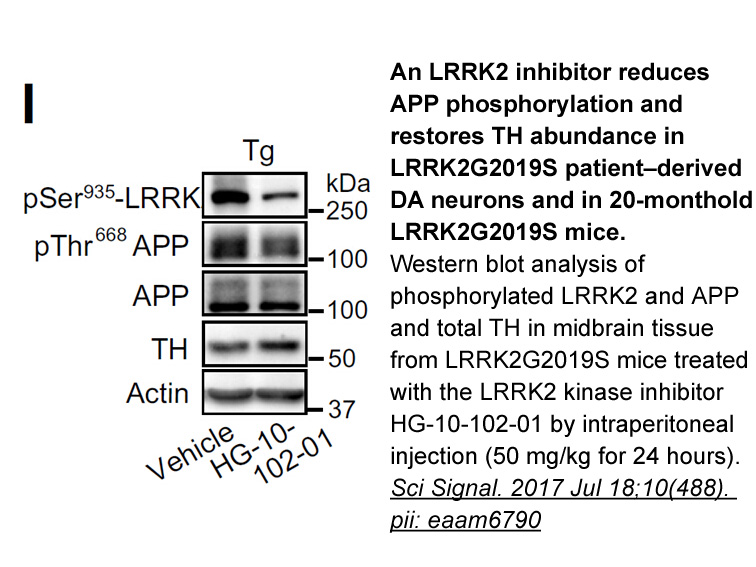Archives
LY3009120 synthesis br Materials and Methods br Author Contr
Materials and Methods
Author Contributions
Conflicts of Interest
Acknowledgments
This work was sponsored by the National Natural Science Foundation of China (81802517), the Integrated Traditional Chinese and Western Medicine of Shanghai (ZHYY-ZXYJHZX-1-03), the Clinical Research Program of 9th People’s Hospital, Shanghai Jiao Tong University School of Medicine (JYLJ005), and the Program for Outstanding Medical Academic Leader.
Introduction
Viral diseases are the most severe threat to silkworms and cause serious economic losses in sericulture, which are induced mainly by Bombyx mori nucleopolyhedrovirus (BmNPV), B. mori cytoplasmic polyhedrosis virus (BmCPV), and B. mori bidensovirus (BmBDV) (Jiang and Xia, 2014). BmNPV belongs to family Baculoviridae and has a circular double-stranded DNA (dsDNA) LY3009120 synthesis that consists of two virion phenotypes: the occlusion-derived virus (ODV) is transmitted among hosts, and the budded virus (BV) spreads throughout the host (Gomi et al., 1999; Rahman and Gopinathan, 2004). BmCPV is a double-stranded RNA (dsRNA) virus and a member of family Reoviridae, containing a genome consisting of 10 discrete segments; of thses, S1, S2, S3, S4, S6, and S7 encode structural proteins and S5, S8, S9, and S10 encode non-structural proteins (Cao et al., 2012; Hill et al., 1999). BmBDV is a linear single-strand DNA (ssDNA) virus and belongs to family Bidnaviridae, containing a genome with two single-stranded linear DNA fragments, VD1 and VD2 (Wang et al., 2007). BmNPV invades larvae mainly via oral ingestion and infects almost all tissues of silkworms whereas BmCPV and BmBDV only infect the midgut of silkworm by oral infection (Jiang and Xia, 2014).
The immune response of silkworm is the first line defense against viruses. The antiviral protein Bmlipase-1 is synthesized in the midgut and secreted into gut juice to inhibit BmNPV at the initial infection stage (Ponnuvel et al., 2003), and increased content of Bmlipase-1 could decrease the mortality of silkworm after infection with BmNPV (Jiang et al., 2012b). BmPGRP-S2 was upregulated after BmCPV infection (Jiang et al., 2016), which can activate the Imd pathway and induce AMP upregulation to inhibit the virus (Zhao et al., 2018). The JAK/STAT pathway is required for antiviral response in Drosophila (Dostert et al., 2005), and could be activated in silkworm upon challenge with BmNPV and BmBDV (Liu et al., 2015). In baculovirus-infected cells, apoptosis is an antiviral defense to inhibit viral replication (Ikeda et al., 2013). The RNAi pathway acts as an innate antiviral immune response in insects, which could be triggered by some bacterial infections but not viral infection in silkworm (Liu et al., 2015). Expressing dsRNA of viral genes in transgenic RNAi silkworms can inhibit the proliferation of BmNPV (Jiang et al., 2013), BmCPV (Jiang et al., 2017), and BmBDV (Sun et al., 2018).
Viruses have evolved diverse mechanisms to counter the host for ensuring their reproduction. Baculoviruses encode an apoptosis s uppressor gene, p35, which inhibits host apoptosis by directly inhibiting the proteolytic activity of caspases and thus enhances virus multiplication (Ikeda et al., 2013; Kamita et al., 1993; Miao et al., 2016). BmPEPCK-2 can promote autophagy to suppress the proliferation of BmNPV, but its expression is reduced by BmNPV infection (Guo et al., 2019). The BmNPV egt gene was reported to extend the survival time of infected silkworm to increase virus reproduction (Katsuma and Shimada, 2015). The PI3K-Akt pathway is hijacked by baculovirus to ensure their replication (Jin et al., 2018; Xiao et al., 2009). Our recent research results show that BmPGRP2-2 is induced by BmNPV to inhibit PTEN, thereby relieving its suppression of PI3K-Akt pathway and triggering an increase in Akt phosphorylation (p-Akt) to inhibit cell apoptosis, the increased cell survival is beneficial for viral replication (Jiang et al., 2019). Inhibitor AZD8835 can decrease p-Akt and mortality of silkworms after infection of BmNPV (Wang et al., 2019). The ERK and JNK signaling pathways are activated at the late stage of BmNPV infection to elevate virus multiplication (Katsuma et al., 2007).
uppressor gene, p35, which inhibits host apoptosis by directly inhibiting the proteolytic activity of caspases and thus enhances virus multiplication (Ikeda et al., 2013; Kamita et al., 1993; Miao et al., 2016). BmPEPCK-2 can promote autophagy to suppress the proliferation of BmNPV, but its expression is reduced by BmNPV infection (Guo et al., 2019). The BmNPV egt gene was reported to extend the survival time of infected silkworm to increase virus reproduction (Katsuma and Shimada, 2015). The PI3K-Akt pathway is hijacked by baculovirus to ensure their replication (Jin et al., 2018; Xiao et al., 2009). Our recent research results show that BmPGRP2-2 is induced by BmNPV to inhibit PTEN, thereby relieving its suppression of PI3K-Akt pathway and triggering an increase in Akt phosphorylation (p-Akt) to inhibit cell apoptosis, the increased cell survival is beneficial for viral replication (Jiang et al., 2019). Inhibitor AZD8835 can decrease p-Akt and mortality of silkworms after infection of BmNPV (Wang et al., 2019). The ERK and JNK signaling pathways are activated at the late stage of BmNPV infection to elevate virus multiplication (Katsuma et al., 2007).